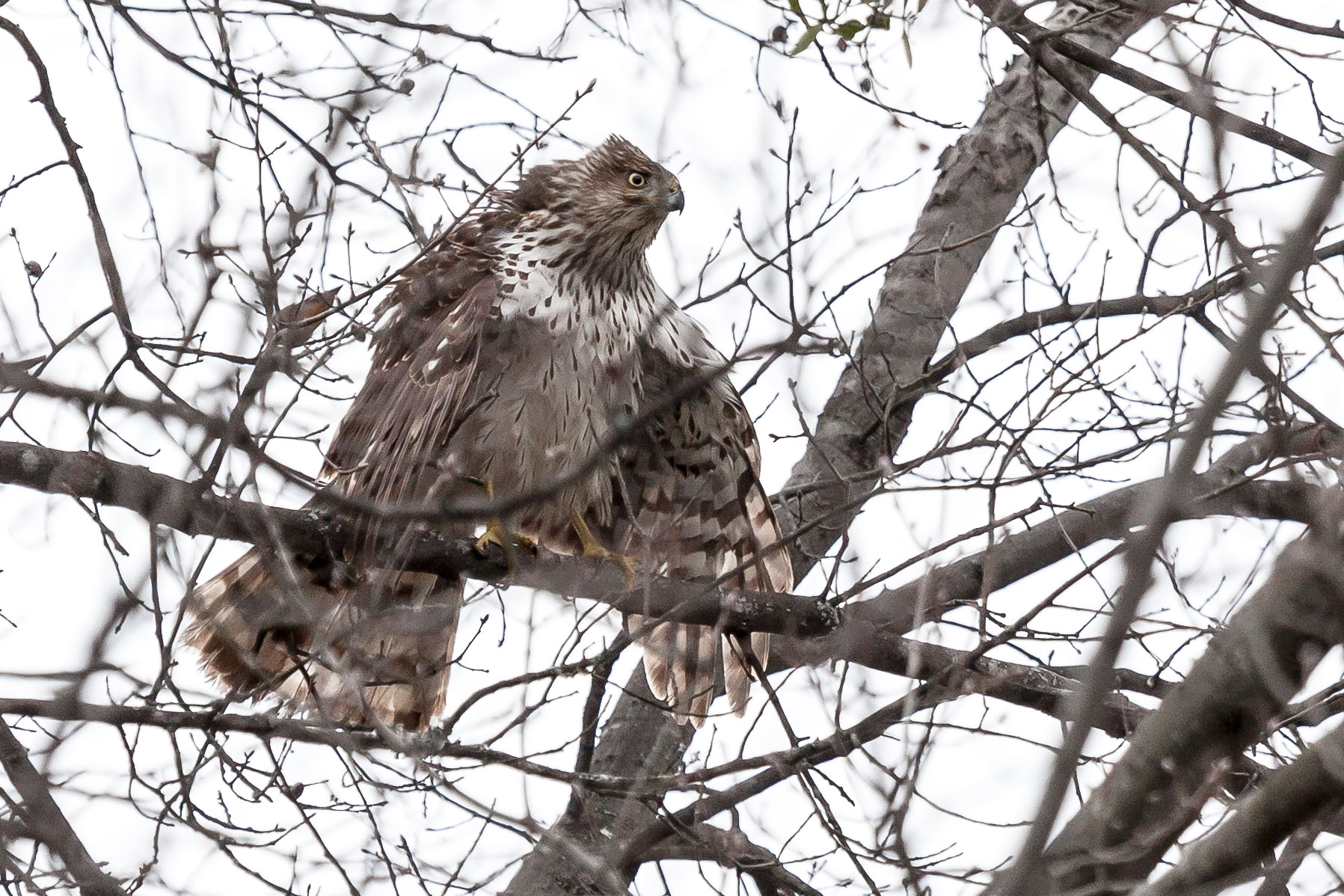
by Joe Watts
Since I work with lots of birders, I run across lots of resources. If you’ve ever been in the field, you’ve almost certainly been asked to identify what that red bird with a big crest is (hooray–an easy one, at least in the Eastern U.S.–that’s a Northern Cardinal). But you’ve also probably been asked about that small hawk-like bird chasing other birds at a nearby feeder. Could it be a Cooper’s Hawk? Maybe a Sharp-shinned Hawk. Maybe something else altogether. And what about those wading birds at the far edge of the park?
Luckily, there are even more resources than birds to be seen. Here are just a few:
Top of the list for do-it-yourselfers: Merlin. This app lets you specify location (or it uses the location from your smart phone), date, and specifics about the bird. Then it tries to narrow down your choices. It can be really useful. It can be a complete bust. The app is made by Cornell University and is free. Worth every penny! One of the greatest benefits of the app is the photo ID portion. If you happen to have a photo of the bird, you can use the app to ID it that way. It works pretty well, assuming a decent image of the bird in question.
Cornell University’s All About Birds website. This website is fantastic. It has maps, photos, videos, and lots of information, plus highlights birds that are similar to the one you think you’ve seen. Terrific website, but beware of the range maps. Though they are reasonably accurate, climate change and other patterns are having a substantial impact on bird ranges and seasonality.
Ebird. It’s an app. It’s a website. It’s a scientific data collection tool. It can help you with your ID by looking at what others are reporting. Wondering if it is a Greater Yellowlegs or a Lessor? If 10 other people have reported seeing the Greater in the last few days, odds are good (not for sure, of course) that your ID is Greater…. Plus, you can do your part by reporting what you see. It helps science, other birders and can really drive people to your park.
The National Audubon Society Bird App. Free! (As are all the apps listed above). This smart phone app has bird photos, ranges, details about the birds and, wonderfully enough, bird songs! You can listen to the song of the bird you think you just heard to confirm! Well worth the download!
There are a host of great apps for purchase (IBird Pro, Sibly, etc), but the above free resources are an amazing place to start.
In Alabama, our Department of Conservation has great information about birds found here, sometimes more regionally accurate than information found nationally, especially as it relates to seasons. We also have the project I’m personally involved in, the Alabama Birding Trails project, with hotspots, information about what birds you can see when and more.
Helping people understand the birds that they see can be a wonderful way to introduce them to so many other topics, from climate change to the need for open spaces. And people love birds!
By the way, Cooper’s Hawks and Sharp-shinned Hawks confuse birders every day. It can be a good way to start an online war! (But, a couple of tips: Cooper’s Hawks have thicker legs, a more pronounced “cap” atop their head and are, overall, a bit larger than Sharp-shinned). No matter what, the resources above can help you help your visitors!